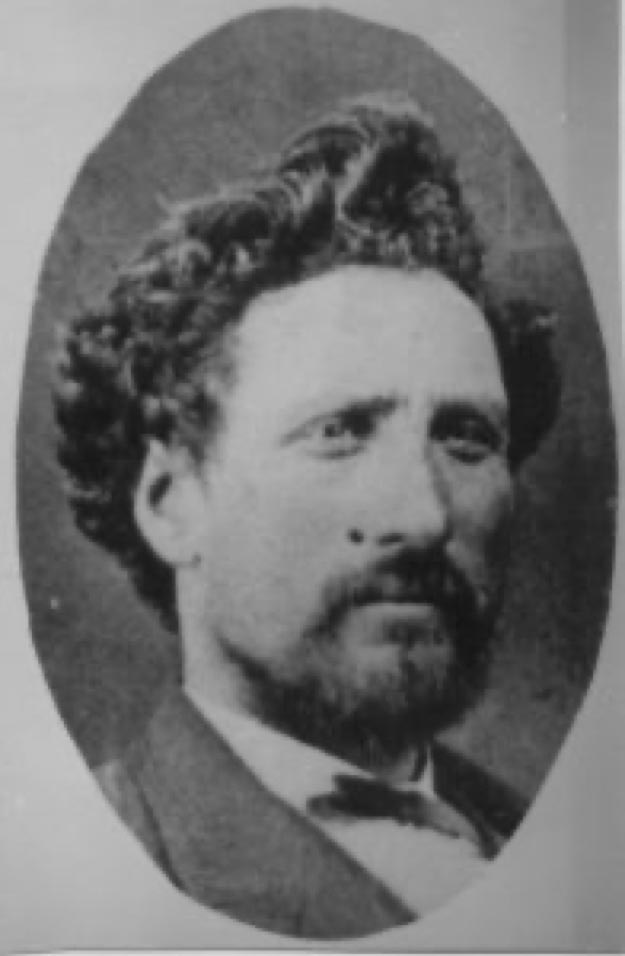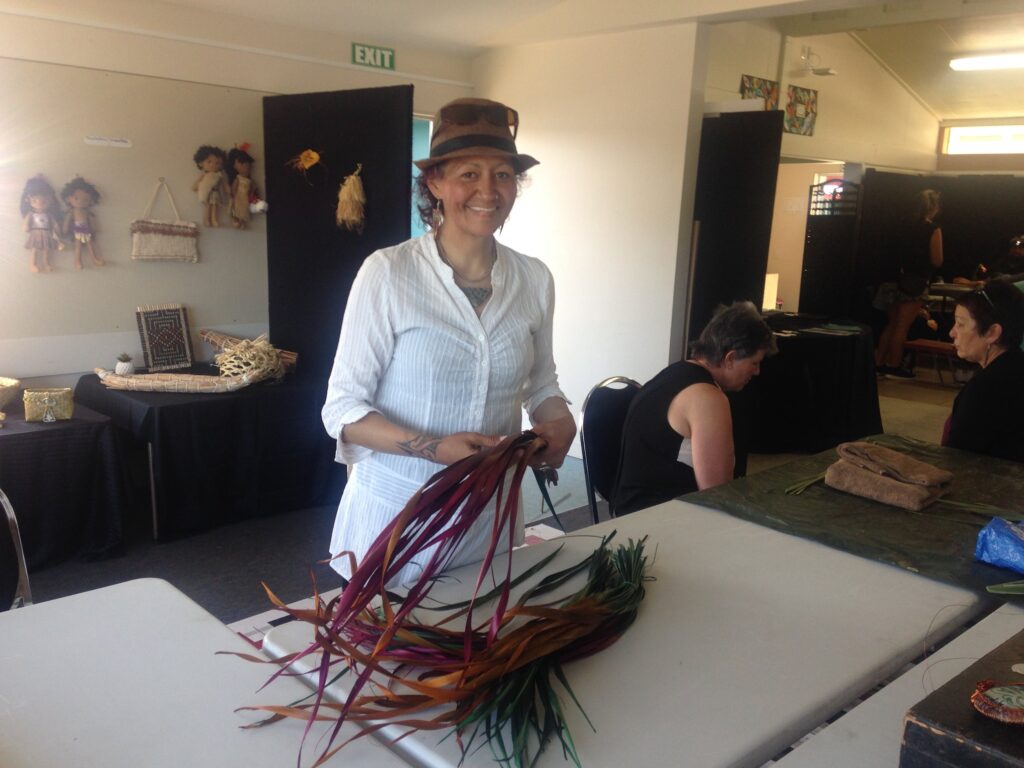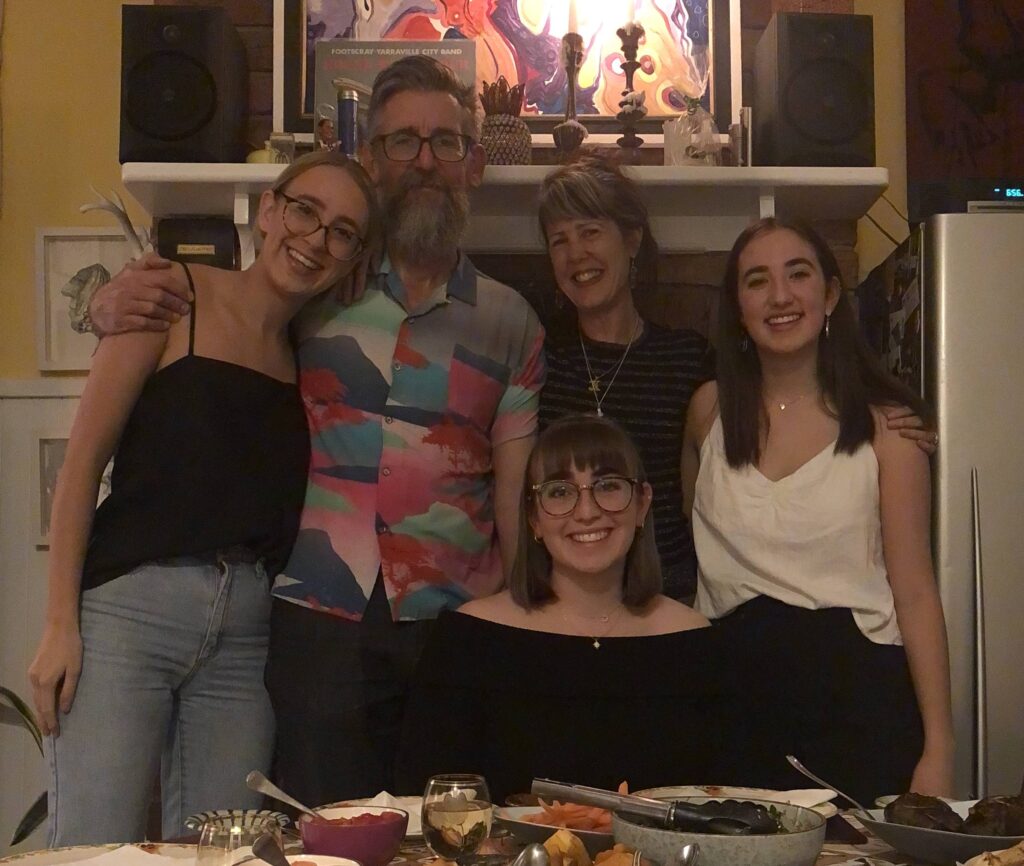My PhD is about identity and belonging, and I have been reading fascinating writing about this topic and starting to get my head around it. Still, I recently received a sharp real-life lesson about belonging. I was thrilled to be invited to have a video art piece join an art show, to be shown at the Ngāi Tahu Hui-a-Iwi in 2018. This event is a weekend iwi gathering and celebration of Ngāi Tahu culture. Held bi-annually, this hui was at the Tuahiwi marae, around half an hour north of Christchurch, my old home town.
I have been exploring my Ngāi Tahu ancestors, and more broadly Ngāi Tahu history and culture, for my PhD, and have met, via email or in person, a number of birth relatives. I have also joined a small Victorian Ngāi Tahu group where we meet for Te Reo (language) lessons and stories about culture. These days are easy, everyone is very welcoming and now I realise it’s because most of us are cut off from our roots, from the Ngāi Tahu community and the extensive and complex interconnected relationships that living in that community guarantees.

Looking backwards in order to look forward
There’s a reason I’m exploring identity and belonging and that reason is the fact that I was adopted at birth. This fact has in many ways shaped my life. I grew up in a Pākehā (European) family. My parents, and two brothers and their families, still live in Christchurch, and for over 26 years I have lived in Melbourne. Now I have married an Australian, so I will probably die with the sea dividing my old life from my new. Still, as I have aged, I have wanted to find out more about my past, I have wanted to be connected to something old and important. Hence this PhD exploration.
My birth whanau (family) are from the deep south of the South Island, a place that saw a tremendous amount of intermarriage with Pākehā whalers and sealers from the early 1800s. This extensive intermarriage has resulted in some people calling Ngāi Tahu the ‘white tribe’. Certainly, all the kin I have met – my birth-father Brian, his children, his cousins, all look a lot like me. White. So my expectations going into the hui were that it might be difficult, because I didn’t know anyone, but that there would be other artists and people like me, outsiders, and we would gather together like pieces of driftwood and make our way through the event together. I’m good at gathering people together. Instead, I discovered a rich community of artists and friends and families who are all bound strongly together through ties of kinship and blood, and I was the only piece of driftwood.
Standing and sitting, sitting then standing

Driving out on the Friday morning, I grew increasingly nervous. The whare toi (art room) was up the back of the primary school, opposite the marae. As I drove past the marae to park I saw a huge marquee had been set up with hundreds of plastic chairs, waiting to be filled. I could also see that the art room was really away from the main action.
In the room, my video monitor and short video piece was already set up and it just needed a couple of tweaks to be perfect. Soon artists began arriving and setting up their art. People were friendly. Ladies kissed me. Everyone was very smiley. There was even a familiar face, artist Nathan Pohio, who I had met at a previous trip to Christchurch. But it was quickly clear to me that there were no other outsiders. These people knew each other intimately. Each newcomer would be greeted with cries of greeting in Te Reo and effusive kisses and hugs.
I stood, then I sat, trying to look casual, smiling away. Aunty Lisa, with her moko kauae (sacred facial tattoo) had the most beautiful smile and she made welcome small talk with me. I tried not to look at my watch. I was a long way out of my comfort zone. At last I was able to slip away to the marae, as the powhiri was beginning – the official welcoming.
Strangers who speak the same language
Priscilla had told me to find Aunty Lisa, so that I could go in with them, in with the strangers who must wait to be called onto the marae. However, when I came close to the marquee someone, organising people, gestured to the marquee and said ‘Ngāi Tahu in here’, and I thought, well, I’m Ngāi Tahu, I guess I go in here. So I sat as everyone on our side made their way in, filling up all the rows, facing the empty seats set up for the strangers. Many of the older women were dressed in colourful clothes and hats, their faces shone with excitement. I realised what an event this was, how much it meant. In here, I was anonymous. I could relax. The welcoming began, women calling, voices strong and beautiful. I didn’t understand the words but it washed over me, somehow familiar. I relaxed. People stood and talked in Te Reo and sometimes the crowd would laugh, reminding me of what I was missing. Turns out the strangers opposite weren’t really strangers at all because many of them too would laugh too, sharing in the language.
It was a shock to see my nephews and my brother’s separated wife and her mother outside the tent – I did not even think about the awkwardness but gratefully hugged them both. But they didn’t stay long, they were guests and could return to their lives. I was Ngāi Tahu. This was the place where I ‘belonged’. At the announcement of the hangi (traditional meal) the queue quickly formed, faces bright with anticipation and I realised that I just couldn’t eat alone, so I went back to the art room and waited with empty stomach until I figured it was time I could leave. No one was looking at my video art. It was dispiriting. I woke early in the morning, while it was still dark, dreading the day ahead.
Tui takes me under her wing
On Saturday, I had booked a bus trip into town to see the art that Ngai Tahu artists have been making and incorporating into the build of the city. We had packed lunches to eat on the bus. On a bus you make a temporary community, and in movement, there was respite. Tui was our host, this is her work, she is works as a conduit between the artists and the city planners and builders. Funny, warm, she knew everyone, but she looked out for me. Perhaps she saw my aloneness. Back in the art room I joined some small girls as Tui taught us how to make roses, rosie-posies, out of dyed flax. I enjoyed having the girls either side of me, all of us learning, something to do and nothing to prove.

My sister-in-law Julie had texted me earlier, asking if I wanted to come for dinner. At first I thought perhaps I should stay out at the marae for the evening, go to the concert, keep trying to fit in, but as the afternoon wore on I realised I was just so looking forward to leaving, to seeing some familiar faces, so I made my excuses. It was so nice to spend some time with my brother Paul and Julie, for everything to be shorthand, to be at ease. Then, at home, my parents Mary and Peter had returned from their trip and their familiar faces were so welcome.
Looking for the thing I already have
On the final morning I asked one of the women to explain what she was making, as she stripped the green outer covering of flax leaves with the edge of a mussel shell, exposing pale ropes of fibre underneath. She taught me how to make a woven lily using flax. As I was weaving, I turned to see my parents and Julie coming up the path to see my work. It was so lovely to see them, even though I could feel their awkwardness in the room as they felt that unusual thing for Pākehā to feel – to be in the minority. Then I saw two women put on the headphones and stand and watch my video right through. I was so pleased.
Then, finally, the packing up. The monitor and stand was taken away, the art down from the walls, the floors vacuumed. Farewells were said. Unexpectedly someone told me they had enjoyed my energy in the room. I hugged Tui and thanked her for making me so welcome, and she said to me “you are whanau now”. I was so touched. Perhaps I had succeeded in some small way towards some kind of acceptance by this community. But it may all come to nothing, as they continue in the stream of their whanau, their loved ones, bound together by time and proximity, and I move out of it again, back into my own, complicated, stream.

Perhaps the answer to this question of belonging is simple. Belonging lies in the hundreds of hours spent together with family and friends, in the small moments as much as the big celebrations, in the sweet faces of those I love. Where is this belonging, then? It’s right here.
